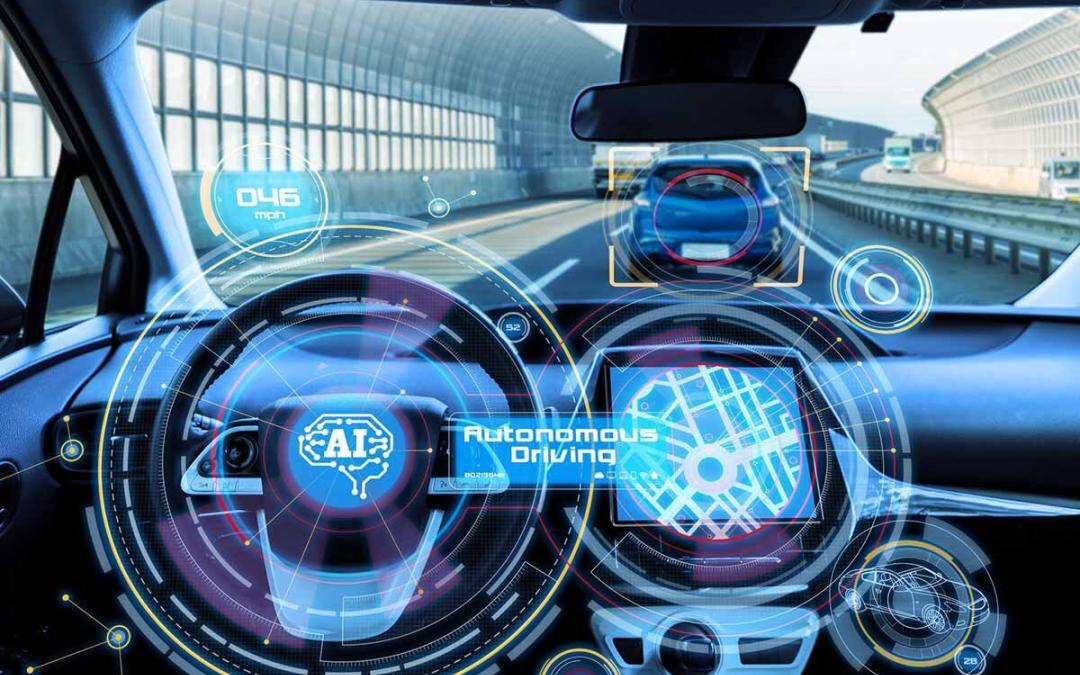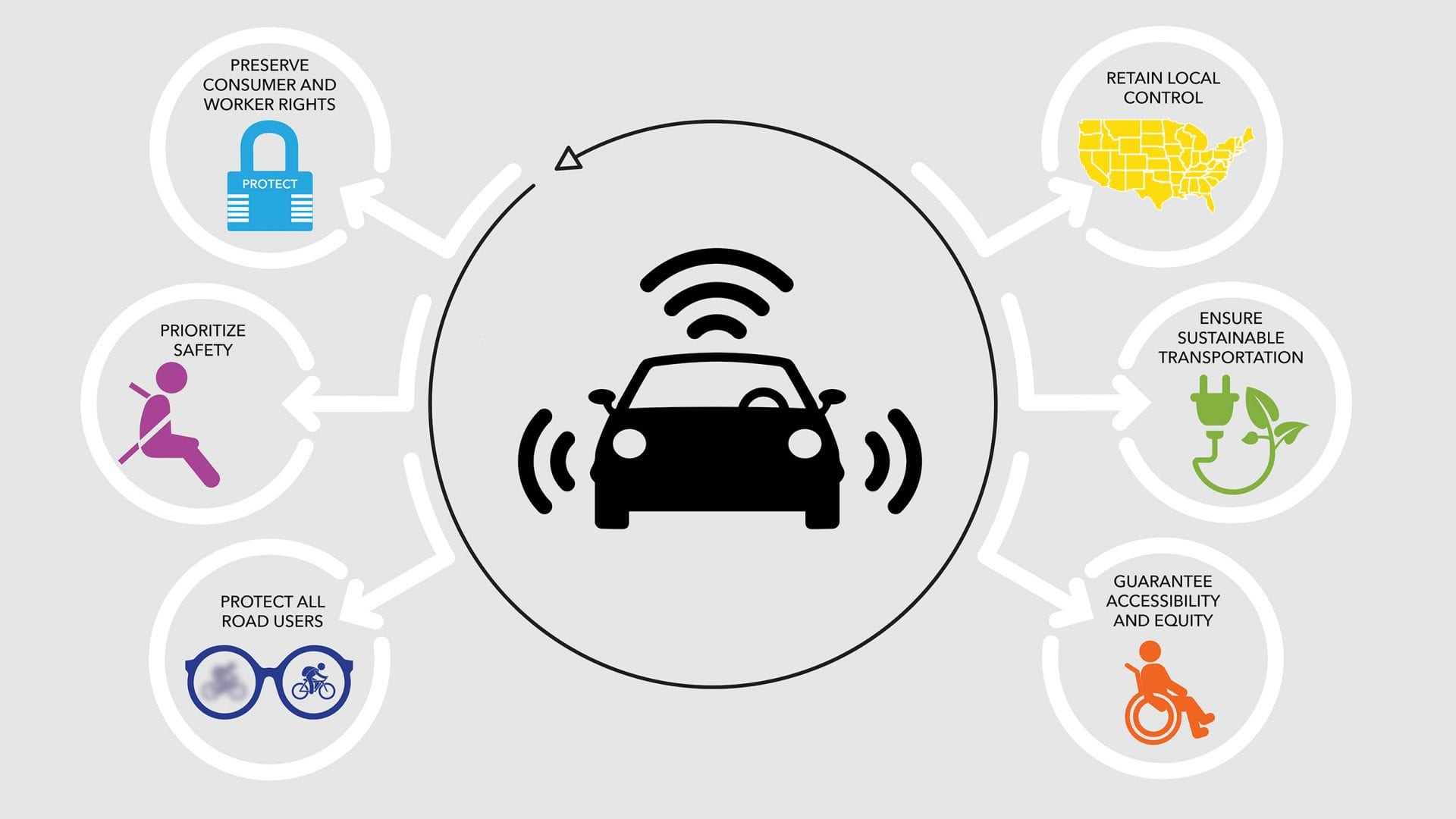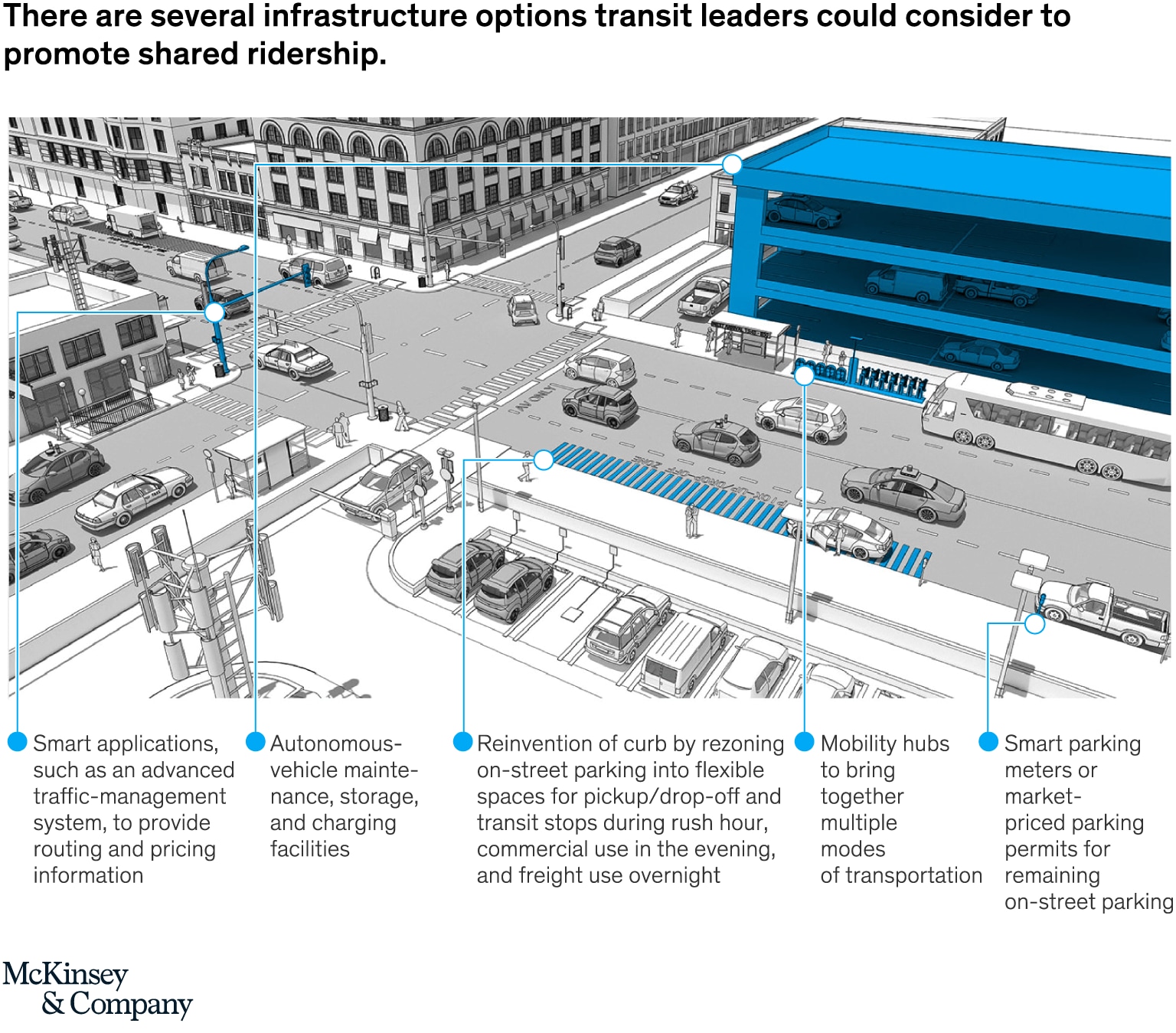Autonomous vehicles are ready to alter transportation as we know it, having transformed the automobile sector. These vehicles, with continued developments in self-driving technology, offer the intriguing potential for safer roads, more efficient travel, and even urban planning. This article investigates the most recent advancements in autonomous vehicles, considers the obstacles ahead, and investigates how they may affect various industries.
Technological Advancements:
Artificial Intelligence and
Machine Learning: Autonomous vehicles process data from numerous sensors,
cameras, and radars using advanced AI algorithms and
machine-learning models. These cutting-edge technologies enable vehicles
to sense their surroundings accurately, make quick decisions, and successfully
navigate through difficult traffic scenarios. Autonomous vehicles are ushering
in a new era of safe and efficient transportation by seamlessly combining
perception, decision-making, and control systems.
Sensor Technology: The success of self-driving vehicles is primarily reliant on improved sensors such as LiDAR, radar, and computer vision systems. These cutting-edge technologies provide exact and thorough information about the vehicle's surroundings, allowing for safe and precise navigation. Using these sensors, autonomous vehicles can sense and understand their surroundings with remarkable accuracy, ensuring a safe and dependable driving experience.
Enhanced Safety and Efficiency:
Accident Reduction: By
removing human mistakes, autonomous cars have the potential to make our roads
safer. Self-driving cars, with their constant monitoring capabilities and quick
reactions, have the potential to substantially minimize accidents caused by
inattentive driving and impaired judgment. Autonomous cars have the potential
to revolutionize transport and deliver a brighter future for all road users by
reducing collision risks and enhancing overall road safety.
Traffic Optimization: Through modern communication technology, autonomous vehicles can build seamless links with one another and with traffic infrastructure. This allows for efficient traffic control, decreasing congestion and optimizing vehicle flow. As a result, journey times are reduced, fuel economy is improved, and the whole transportation experience is enhanced. The incorporation of self-driving vehicles into our transportation system has the potential to transform how we travel, making our trips more efficient, sustainable, and fun.
Transforming Industries:
Transportation and Logistics: The
incorporation of self-driving vehicles in transportation and logistics is
causing considerable changes. The supply chain is becoming more efficient and
cost-effective, with self-driving trucks for long-distance transport and
autonomous drones for last-mile delivery. These improvements simplify delivery
processes, optimize routes, and eventually result in higher customer
satisfaction and a greener logistics business. Embracing the promise of
self-driving trucks allows organizations to improve operational productivity
and design a more seamless and sustainable logistics future.
Mobility Services: The rise of self-driving cars opens up new opportunities for ride-hailing and shared mobility services. Transportation becomes more easy, economical, and accessible to a wider audience with autonomous taxis and shuttles. This technology has the potential to revolutionize commuting, particularly for people with restricted mobility. Ride-hailing and shared mobility services can improve transportation efficiency, inclusivity, and connectedness in cities by adding autonomous technology.
Regulatory and Infrastructural Challenges:
Legal and Ethical
Considerations: As driverless vehicles become more common, policymakers must
address issues of liability, privacy, and ethics. It is critical to have clear criteria
for accident liability, data protection, and ethical decision-making
algorithms. Collaboration between government, business, and advocacy
organizations is critical to developing a responsible and sustainable
autonomous car ecosystem.
Infrastructure Readiness: A
supportive infrastructure is required for the successful integration of
autonomous cars. Smart highways, communication networks, and charging stations
are all part of this. Governments and municipal planners must invest in
infrastructure upgrades to meet the demands of self-driving vehicles and ensure
a smooth transition to this cutting-edge transportation technology.
The future of transportation
is bright with autonomous cars that improve safety, efficiency, and mobility.
As technology advances, it is critical that manufacturers, regulators, and
society collaborate to address problems and fully adopt self-driving
technology. We can shape a new era of transportation that will revolutionize
how we move and travel by doing so.
"Embracing the road
ahead, autonomous vehicles ignite a new era of transportation, where safety,
efficiency, and innovation merge to redefine our mobility landscape."




